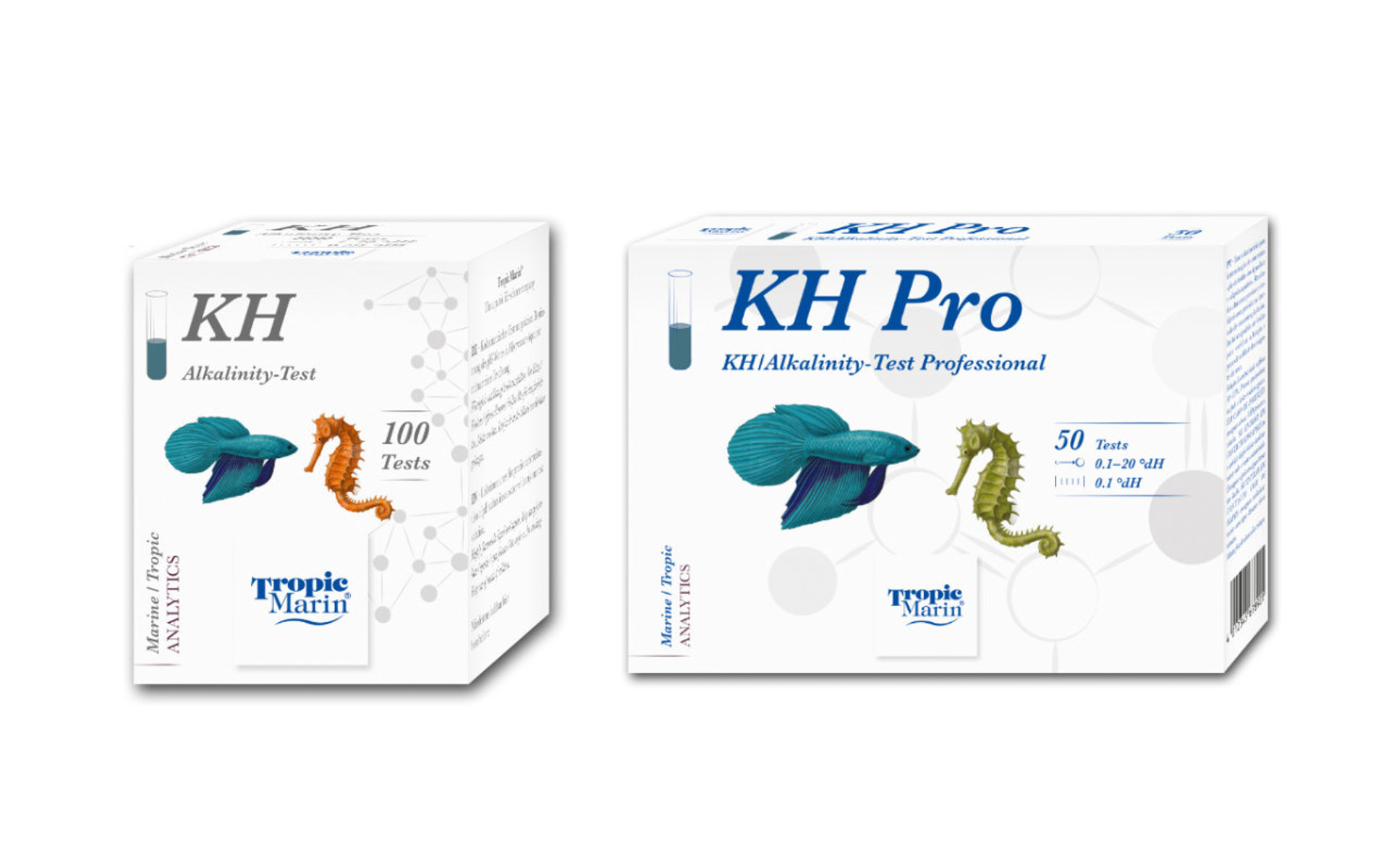How Hard Can It Be?

Let's talk about General Hardness and testing for it. No, this is not a measure of how hard a test is, or a measure of exactly how challenging your life is. This is an aquarium column, self-help is the next aisle over (or isle maybe, depending on your frame of mind). For those of us of with aquatic mindsets, General Hardness (GH) primarily refers to the total concentration of dissolved calcium and magnesium ions in the water. There are other compounds that can affect GH, but these are the primary minerals that contribute to water's "hardness" or "softness."
Why do we care? For many of us that have aquariums full of easy-to-keep generalist fish, likely from south-east Asia, or often fish that have been aquacultured for thousands of generations, GH is often not that relevant as long as the values in question aren't extreme. That being said, you do need to know if your water is extreme as GH is a crucial water parameter for many freshwater aquariums. The concentration of specific dissolved mineral ions, primarily calcium (Ca²⁺) and magnesium (Mg²⁺) are vital for various biological processes in fish, invertebrates, and plants.
Generally, General Hardness is important for fish health as Ca and Mg are essential for bone and muscle development as our fish grow. They are also a key part of osmoregulation, which is the word of the day (it's the process that allows fish to maintain a stable internal salt / water balance.) Invertebrates are also impacted by GH as they need both calcium and magnesium to create new exoskeletons and molt. Plants will also be affected by General Hardness as their growth process also requires these minerals.
There are really two ways you'll see General Hardness measured. The first is in degrees (often abbreviated as dGH.) The second is in parts per million (abbreviated as ppm.) 1dGH is equivalent to roughly 17.9ppm. Occasionally you'll see the abbreviation dH, or the phrase “total hardness” and as far as aquariums go, you can interpret these the same as dGH. KH is a measure of Carbonate Hardness and is generally seen more on the marine side of captive aquatics. There is a range to the General Hardness values that you'll see in aquariums:
Very Soft Water: 0-4 dGH (0-70 ppm)
Soft Water: 4-8 dGH (70-140 ppm)
Medium Hard Water: 8-12 dGH (140-210 ppm)
Hard Water: 12-18 dGH (210-320 ppm)
Very Hard Water: 18-30+ dGH (320-530+ ppm)
What exactly is ideal General Hardness depending on what you want to keep in your display. The most famous examples of low hardness fish are from the Amazon Basin; think things like Discus, Cardinal / Neon Tetras and Angelfish. Maintaining an appropriate and stable hardness is especially important for wild caught fish. Some plants also do better in water on the soft side (but not zero) of water. On the other end of the spectrum, the most classic example is fish from the rift lakes in Africa, like many of the Cichlids from Lake Tanganyika and Lake Malawi. Mollies and Guppies and livebearers, oh my, (think brackish) also generally do better in harder water. There are GH specific plants on this end of the spectrum too, so be sure to take that into account when planning your plant-scape.
Many fish and plants are very adaptable and can live and thrive in all but the highest and lowest General Hardness environments. If you're display is under 1 or over 20 degrees of hardness you may need to find a new water source for your aquarium or take steps to address your GH levels. If you're planning a general freshwater or community aquarium, shooting for between 4 and 8 dGH or 70-140ppm is usually the sweet spot, offering everything many fish need and not being too much for them either. If you're trying to breed specific fish some of them will require a certain hardness level for this to result in fry that succeed, so do that research when (before) that time comes.
The next question that should be top of mind is “how do I know what my hardness level is?” We have an excellent suggestion for you. Ask your LFS (local fish store) to get you the Tropic Marin General Hardness test kit. These are accurate to within 0.5 dGH and very easy to use. The test kit will come with a dropper bottle full of a reagent, a syringe and a small glass cuvette (like a tiny test tube). Shake the dropper bottle well. Rinse the cuvette in tap water thoroughly before and after use. After the tap water rinse, rinse it out with aquarium water a few times. Use the syringe to measure out exactly five milliliters (ml) of aquarium water, add this to the cuvette and then add drops of the reagent until the color changes from pink to turquoise. Trust us, you'll notice the difference and it's always satisfying to get such a dramatic result. Count the drops; each drop equals 1 dGH. For example, if it took 10 drops to get the color change, then you have a dGH of 10! It would be hard to make this easier or more understandable and we have faith that you've got this.
Understanding and maintaining appropriate GH levels, along with other parameters like pH will help you create a more appropriate, stable and healthy environment for your aquatic inhabitants. If you're ready for the next step in your aquarium keeping journey, ask your LFS about getting you one of these Tropic Marin test kits from Aquatropic, and start paying attention to GH today!